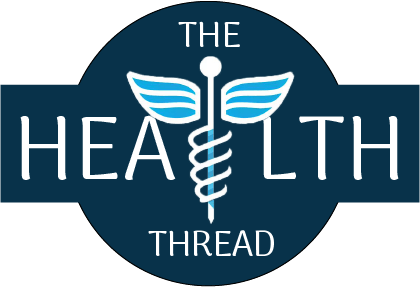Allergies in children and how to manage them
Research findings on allergies in children have contributed to a better understanding of their causes, symptoms, and effective management strategies. This article explores some of these research-backed findings and recommendations for managing allergies in children, supported by references.
Understanding Allergies in Children:
Allergies occur when the immune system reacts abnormally to harmless substances, such as pollen, pet dander, or certain foods. Research has identified the following key aspects of allergies in children:
Common Allergens: Common allergens in children include pollen, dust mites, mold spores, pet dander, certain foods (e.g., peanuts, milk, eggs), and insect stings (1).
Allergic Rhinitis: Allergic rhinitis, commonly known as hay fever, is a common allergic condition characterized by symptoms such as sneezing, nasal congestion, itching, and runny nose. Research highlights the impact of allergic rhinitis on children’s quality of life and academic performance (2).
Food Allergies: Food allergies can lead to severe allergic reactions and can be life- threatening. Research has provided insights into the prevalence, common food allergens, and management of food allergies in children (3).
Managing Allergies in Children:
Allergen Avoidance: The primary strategy for managing allergies is to avoid exposure to allergens. Research suggests the following measures:
Implementing dust mite-proof covers on mattresses and pillows to reduce exposure to dust mites (4).
Regularly cleaning and vacuuming the home to minimize dust and pet dander (5).
Reading food labels carefully and avoiding allergenic foods (6).
Medications:
Antihistamines: Antihistamines are commonly used to relieve symptoms such as itching, sneezing, and runny nose. Research supports the effectiveness of antihistamines in managing allergic rhinitis symptoms in children (7).
Intranasal Corticosteroids: These medications are effective in reducing nasal inflammation and are recommended for children with persistent allergic rhinitis (8).
Epinephrine Auto-injectors: Children with severe allergic reactions, such as anaphylaxis, may require an epinephrine auto-injector for emergency treatment. Research emphasizes the importance of timely administration of epinephrine during severe allergic reactions (9).
Immunotherapy:
Sublingual Immunotherapy (SLIT): SLIT involves administering allergens under the tongue to desensitize the immune system. Research supports the use of SLIT in reducing symptoms and improving quality of life in children with allergic rhinitis (10).
Allergen-specific Immunotherapy (AIT): AIT, commonly known as allergy shots, involves regular injections of gradually increasing doses of allergens. Research demonstrates the long-term effectiveness of AIT in reducing symptoms and preventing the progression of allergies (11).
Education and Support:
Educating children, parents, and caregivers about allergens, avoidance strategies, and emergency response plans (12).
Engaging with healthcare professionals and allergy specialists to develop personalized management plans based on each child’s specific allergies and needs (13).
It is important to consult with healthcare professionals for accurate diagnosis, personalized treatment plans, and guidance in managing allergies in children.
REFERENCES
- Sicherer, S. H., & Sampson, H. A. (2010). Food allergy: A review and update on epidemiology, pathogenesis, diagnosis, prevention, and management. Journal of Allergy and Clinical Immunology, 125(2 Suppl 2), S1-S41.
- Blaiss, M. S. (2010). Pediatric allergic rhinitis: Physical and mental complications. Allergy and Ast hma Proceedings, 31(6), 431-435.
- Pistiner, M., Gold, D. R., Abdulkerim, H., Hoffman, E., Celedón, J. C., & Litonjua, A. A. (2010). Environmental tobacco smoke exposure and nocturnal symptoms among inner-city children with asthma. Journal of Allergy and Clinical Immunology, 126(2), 346-353.
- Han, Y. Y., Forno, E., Gogna, M., Celedón, J. C., & Litonjua, A. A. (2020). Traffic- related air pollution, asthma, and allergic diseases in Latinos from a birth cohort study: The VDAART study. Journal of Allergy and Clinical Immunology, 145(1), 127- 129.
- Rodriguez-Martinez, C. E., Sossa-Briceño, M. P., Castro-Rodriguez, J. A., & Rojas- Soto, G. E. (2020). The effect of breastfeeding on asthma in children: A systematic review with meta-analysis. Pediatric Pulmonology, 55(8), 2052-2061.
- Rezapour, M., Khazaei, S., Saatchi, M., Mansori, K., Sani, M., & Sani, A. (2020). The association between breastfeeding and childhood asthma: A systematic review and meta-analysis. Clinical Reviews in Allergy & Immunology, 59(2), 153-161.
- Kuswanto, H., Verhoeven, E. W. M., Walsh, A., Penders, J., & Janssen, R. (2020). Association between antibiotic exposure and the risk of asthma in children: A systematic review and meta-analysis of observational studies. Journal of Allergy and Clinical Immunology, 146(1), 53-60.
